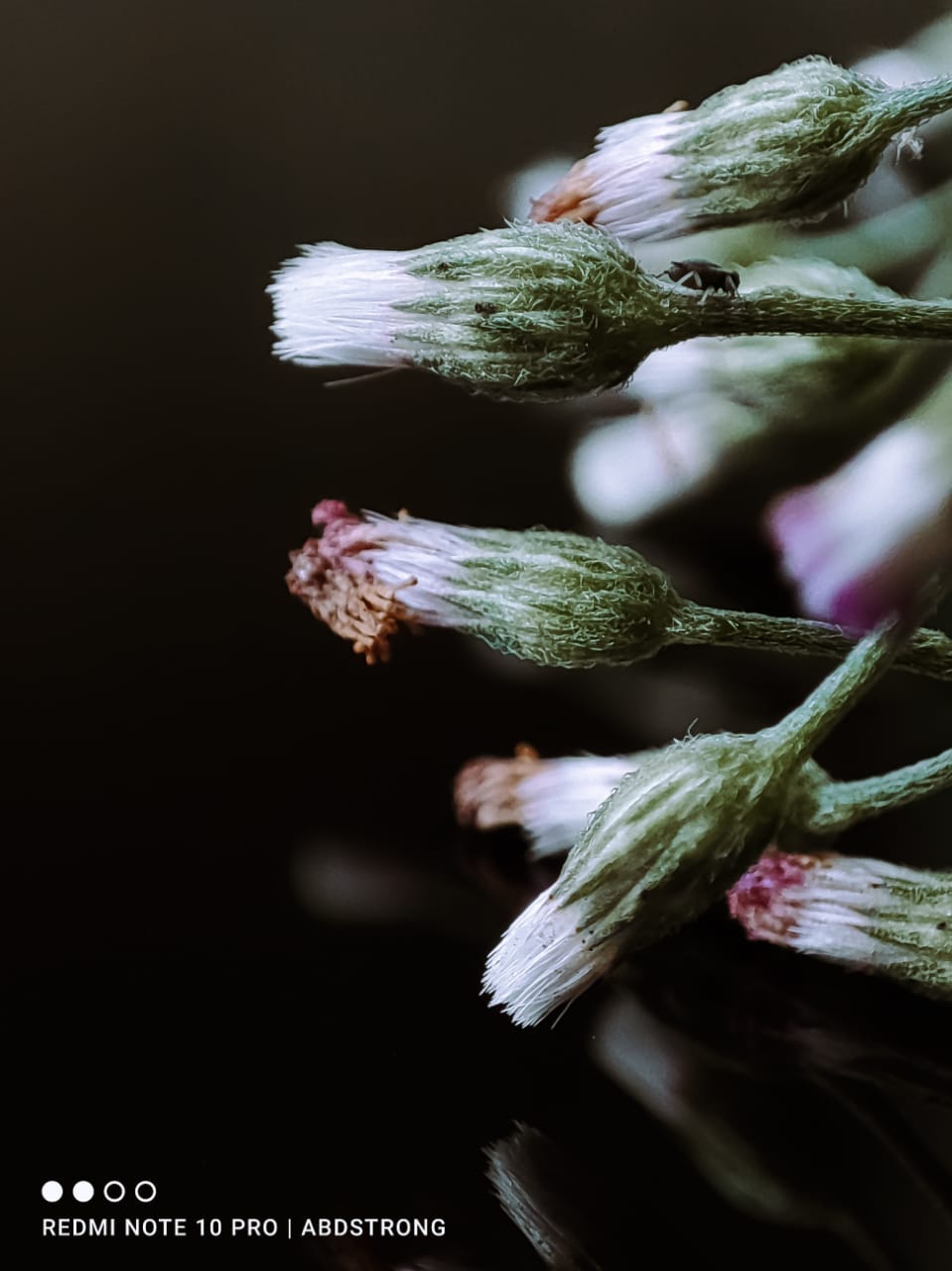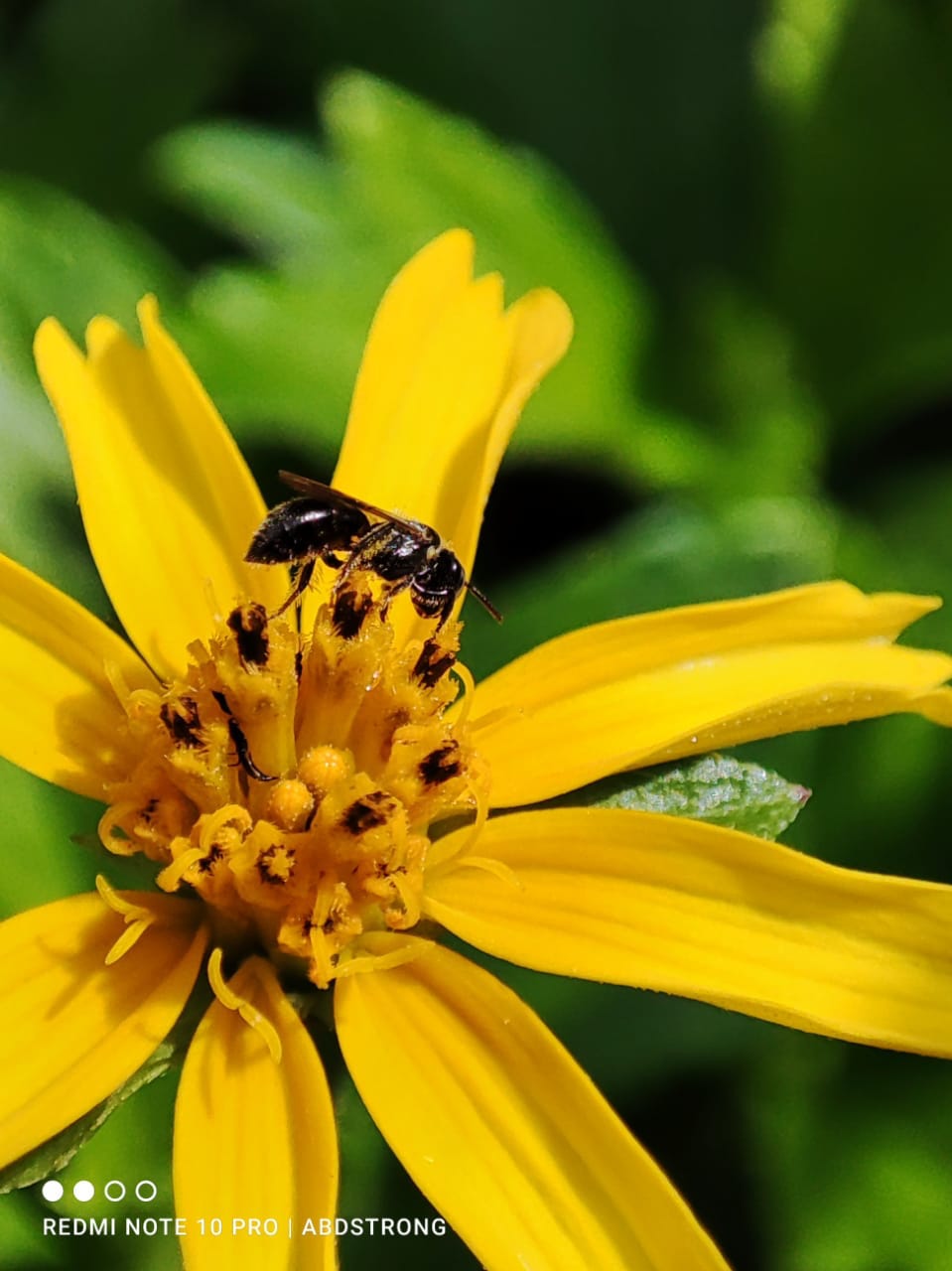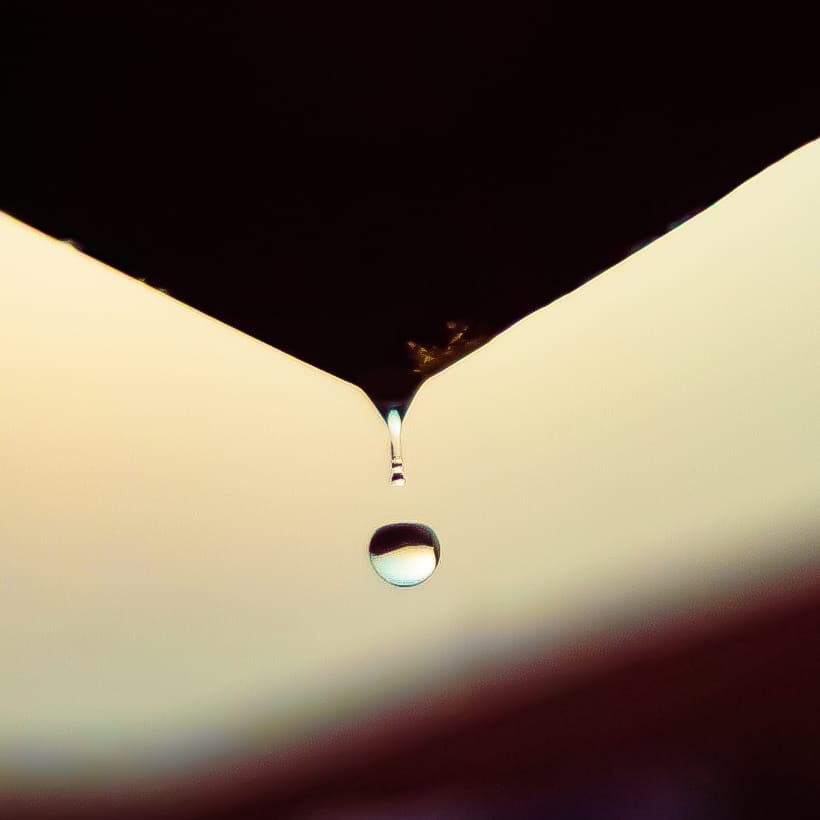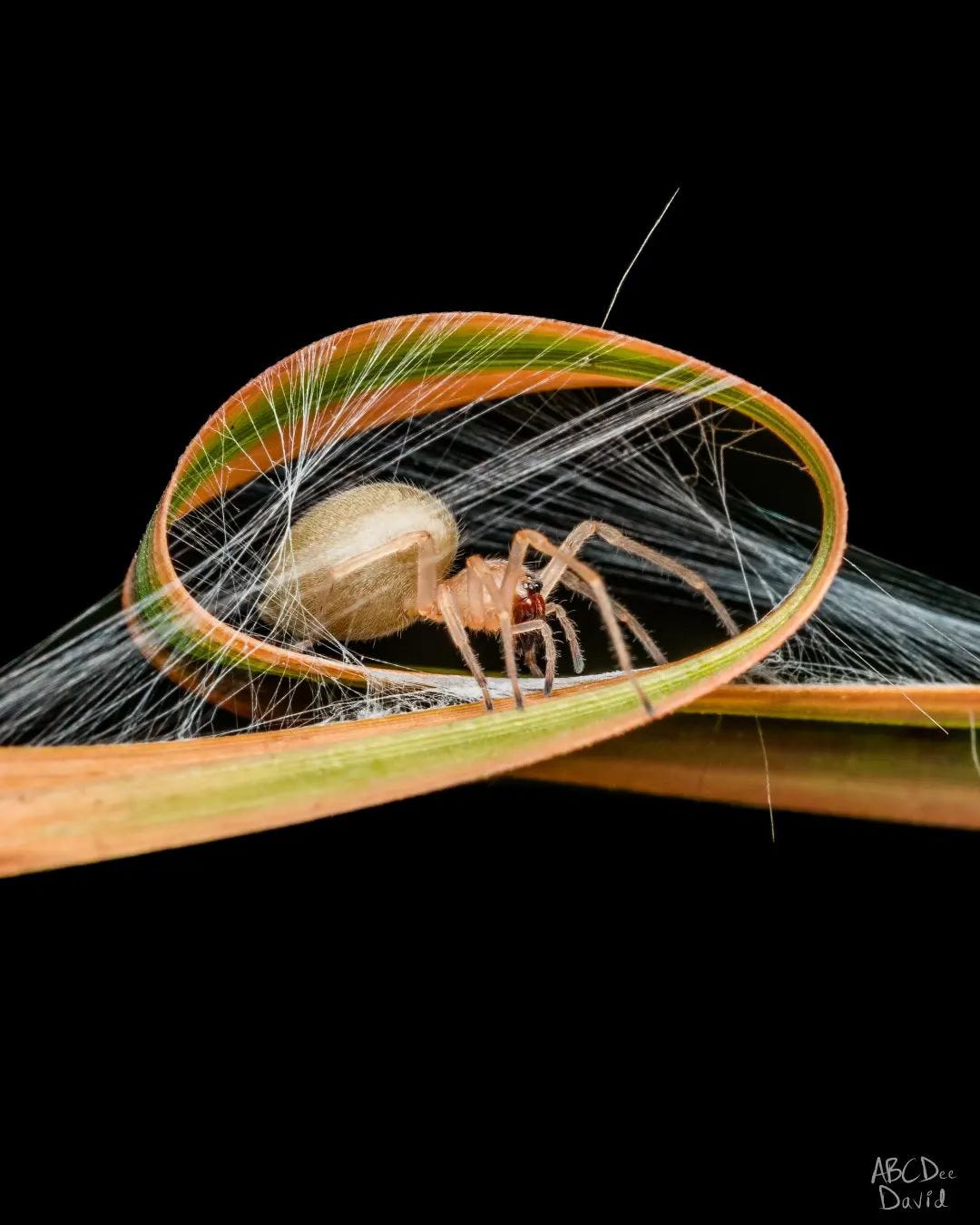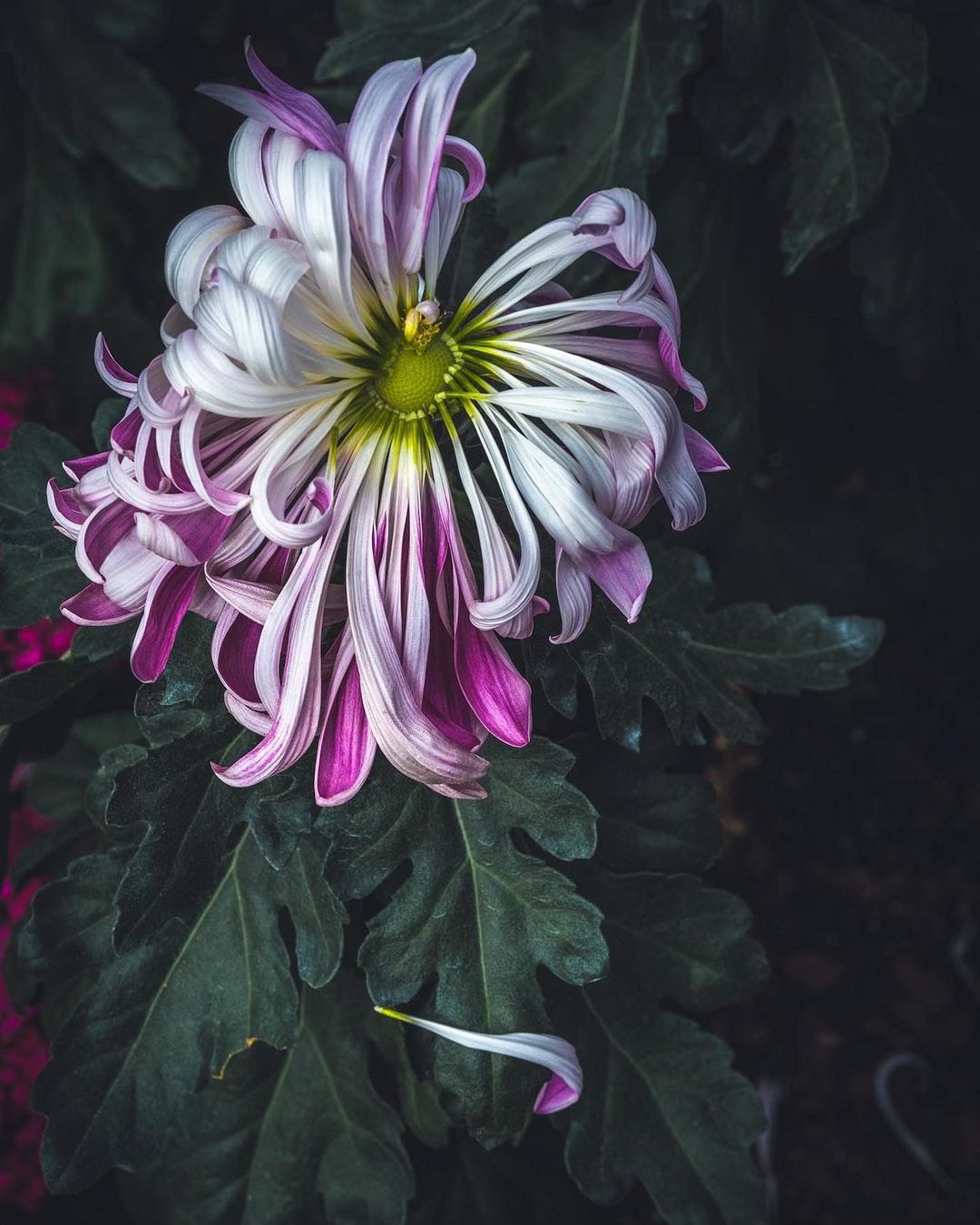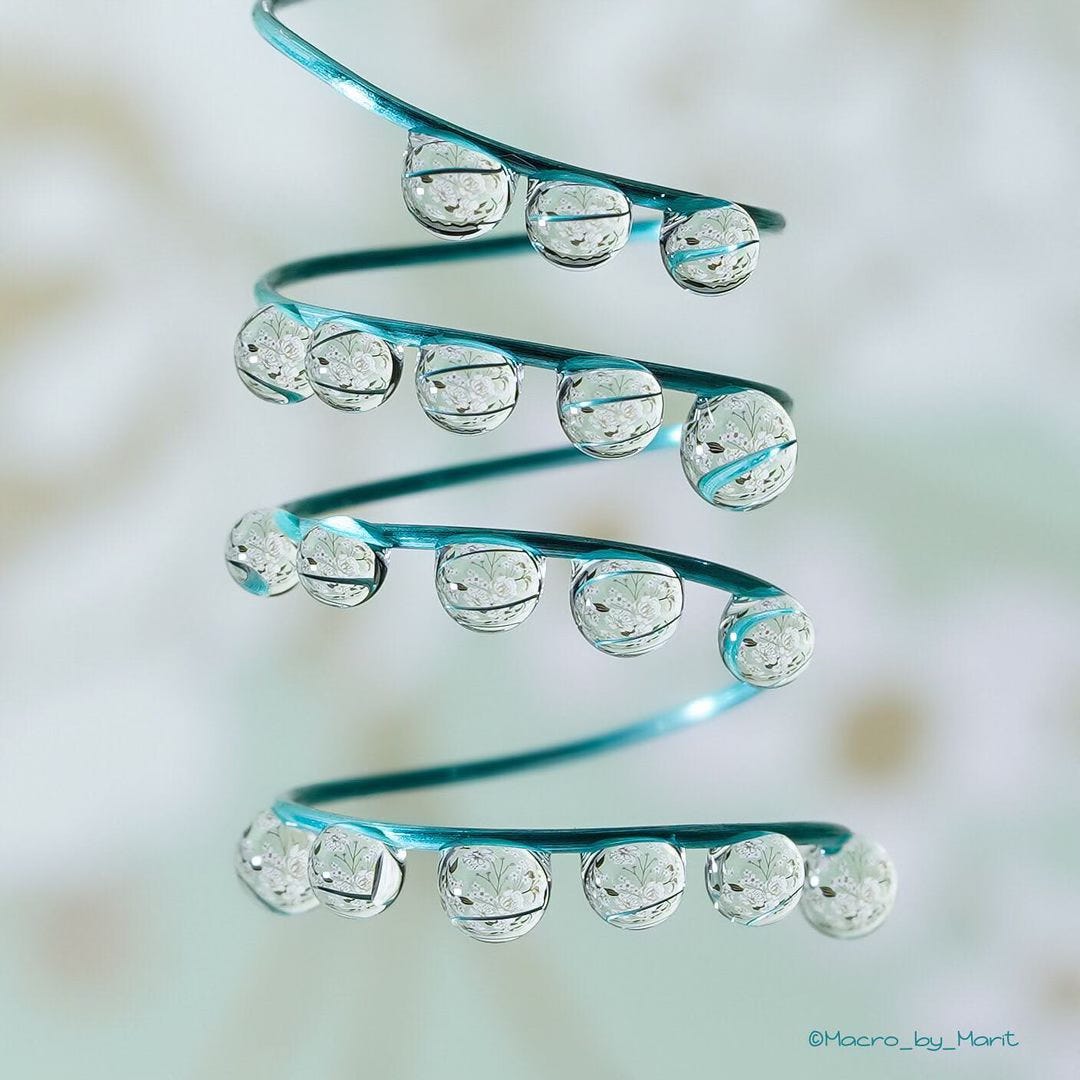What is Macrophotography?
This is simply photographing small items, often insects and flowers, sometimes still life objects. It showcases a subject larger than it is in real life, an extreme close-up of something small.
This specialized form of close-up photography focuses on capturing small objects or details at a very close range. It allows you to magnify and reveal intricate details that may not be visible to the naked eye.

Macro lenses or equipment are commonly used to achieve high levels of magnification, therefore, making tiny subjects like insects, flowers, and even small textures the primary focus of the image.
In macro photography, the world you know is gone, and a new one emerges.
Magnification
A very important aspect to note in Macrophotography is Magnification.
This is a property of a camera lens that describes how closely you have focused. It is the ratio between an object’s size when projected on a camera sensor versus its size in the real world. Magnification is written as a ratio e.g 1:2.
Tips & Techniques
Now, let us dive into the practical aspect of macro photography and key things to note before you start:
1. Choose a Suitable Object:
Contrary to what people think, not everything will be a good macro subject. Common subjects like small insects, butterflies, raindrops and small objects like miniature dolls, household items and jewellery are the best subjects for Marco Photography.
Inanimate objects are easy to photograph as they don’t move but bugs and insects can be a bit challenging.
2. The Details:
As you move closer to any object, the fine details and tiny imperfections that are invisible from a distance become clear.
3. Beware of Movement (Use of tripod):
Motion has the potential to add blur to a photo and it's extremely difficult to achieve optimal results in Macro Photography without keeping your camera body steady. This can be achieved with the use of a tripod to help stabilize your camera.
A tripod setup is ideal for macro photos of stationary objects, but can also be used to get better results for live subjects like insects.
4. Change Angle:
Finding unique angles is key. Try capturing your subject from the side, the front, or below.
5. Shed some light on your subject
6.Background:
Background is another area to pay attention to, with your focus so dialed in on your tiny subject, it can be easy to forget to check your background.
7. Take Plenty shots and practice:
As with any photography method, the more photos you take, the more room you’ll have to experiment, and the more opportunities you’ll have to get the perfect shot.
As always, practice!!! practice!!! Practice makes perfect. Start and explore your surroundings and discover the tiny world around you.
Macro Photographers That Can Inspire YOU
Have you wondered what photography accounts to follow on IG that can inspire you to take those jaw dropping macro shots? Here’s a few for you to check out.
David Joseph: a Nigerian macro photographer who captures the intricate details of the tiny little creatures around us. You can check out his IG page here.
Nuts_about_macro: An account that curates some of the best macro shots on Instagram. You can easily get a variety of inspiration here or better still, eventually become a contributor! Check the page out here.
Alan Shapiro: An award-winning photographer that is passionate about “taking something ordinary and making it something well beyond that.” He photographs vibrant macro flower shots and you can see for yourself here.
Marit Hovden: Marit mostly captures macro shots of water droplets and she does it in the most creative manner. Check her page out here.
SJ Photographers featured in this newsletter:
✍️Sumayyah, F.





